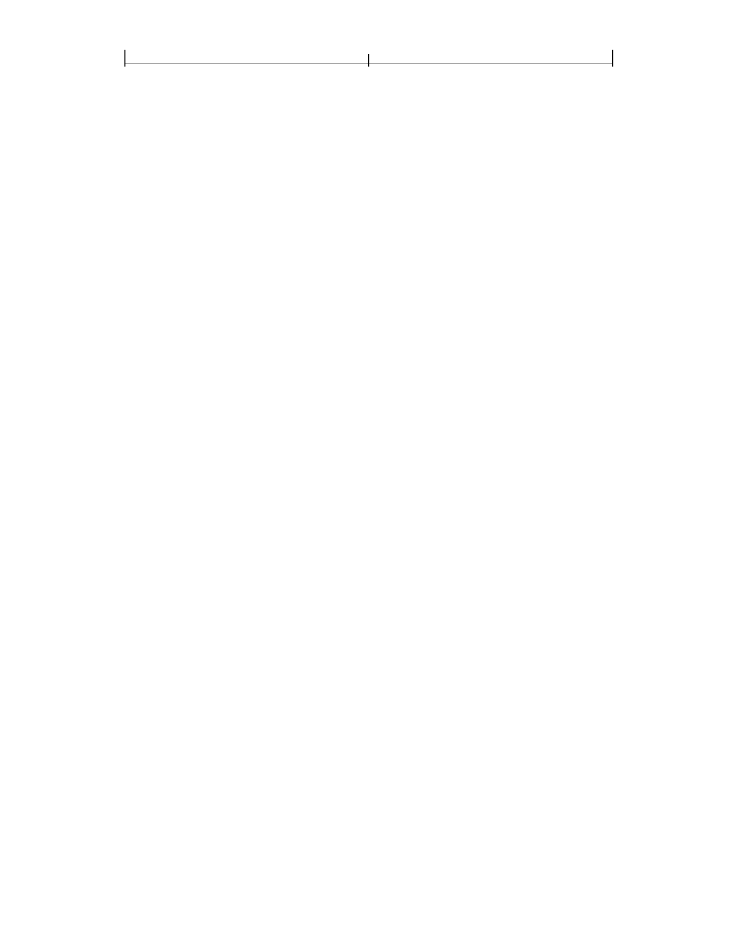
CHAPTER 3
80
Syntax
The compression achieved using CCITT encoding depends on the data, as well as
on the value of various optional parameters. For Group 3 one-dimensional
encoding, in the best case (all zeros), each scan line compresses to 4 bytes, and the
compression factor depends on the length of a scan line. If the scan line is 300
bytes long, a compression ratio of approximately 75 : 1 is achieved. The worst case,
an image of alternating ones and zeros, produces an expansion of 2 : 9.
3.3.6 JBIG2Decode Filter
The
JBIG2Decode
filter
(PDF 1.4)
decodes monochrome (1 bit per pixel) image
data that has been encoded using JBIG2 encoding. JBIG stands for the Joint Bi-
Level Image Experts Group, a group within the International Organization for
Standardization (ISO) that developed the format. JBIG2 is the second version of a
standard originally released as JBIG1.
JBIG2 encoding, which provides for both lossy and lossless compression, is useful
only for monochrome images, not for color images, grayscale images, or general
data. The algorithms used by the encoder, and the details of the format, are not
described here. A working draft of the JBIG2 specification can be found through
the Web site for the JBIG and JPEG (Joint Photographic Experts Group)
committees at < http://www.jpeg.org >.
In general, JBIG2 provides considerably better compression than the existing
CCITT standard (discussed in Section 3.3.5). The compression it achieves
depends strongly on the nature of the image. Images of pages containing text in
any language compress particularly well, with typical compression ratios of 20:1
to 50:1 for a page full of text. The JBIG2 encoder builds a table of unique symbol
bitmaps found in the image, and other symbols found later in the image are
matched against the table. Matching symbols are replaced by an index into the
table, and symbols that fail to match are added to the table. The table itself is
compressed using other means. This method results in high compression ratios
for documents in which the same symbol is repeated often, as is typical for
images created by scanning text pages. It also results in high compression of white
space in the image, which does not need to be encoded because it contains no
symbols.
While best compression is achieved for images of text, the JBIG2 standard also
includes algorithms for compressing regions of an image that contain dithered
halftone images (for example, photographs).